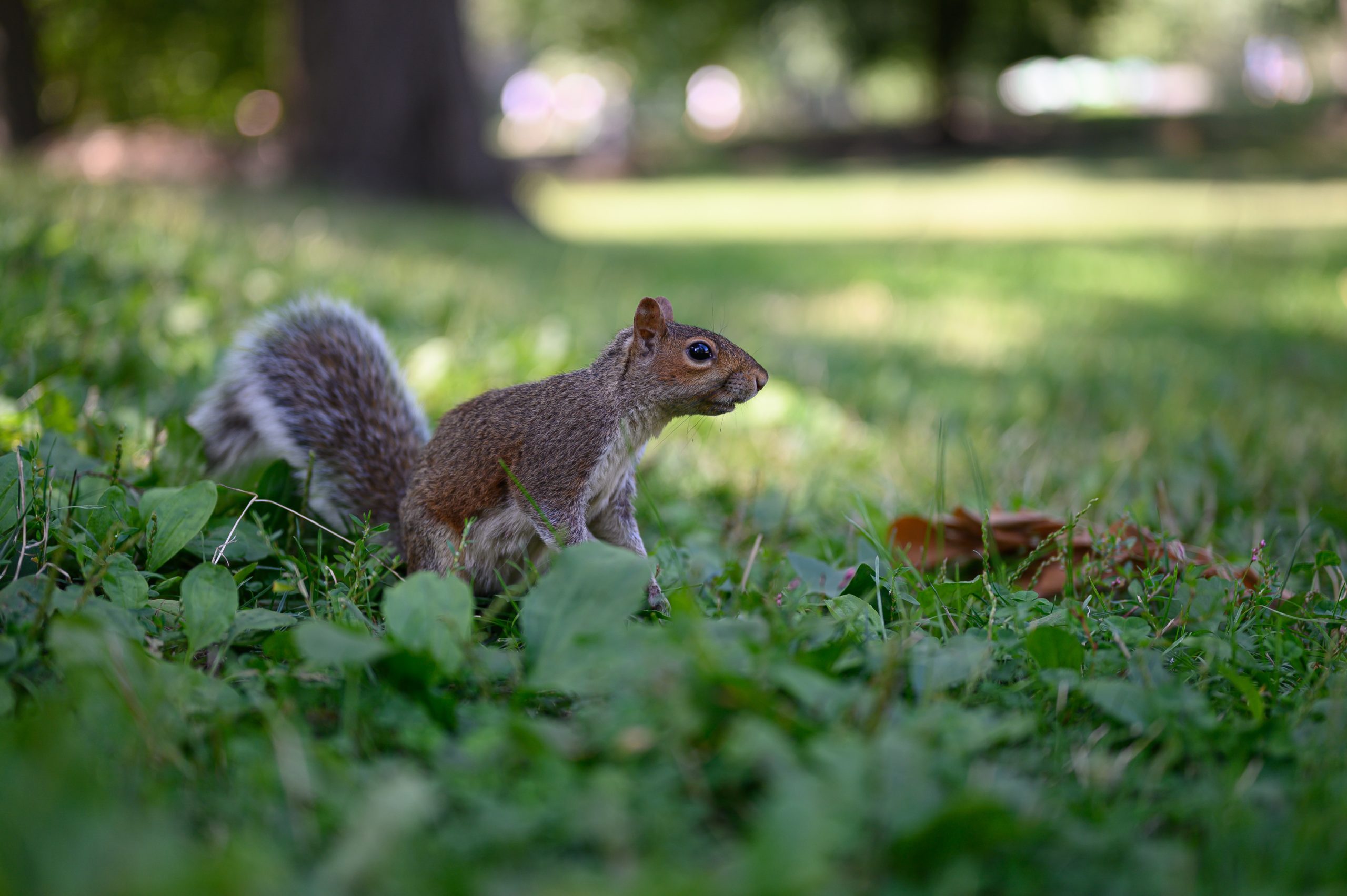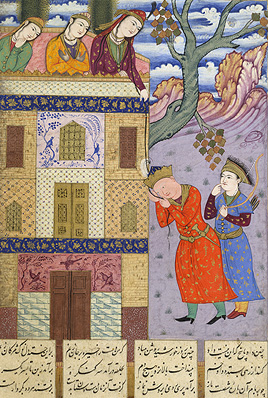NYC Squirrel Sightings Analysis
PowerNAP By Michelle Odnert
Basic Exploration
For my initial exploration of the data, I found many rudimentary facts about the Squirrel Sightings in New York City. Firstly, there were more squirrel sightings at night than during the day; 1,676 versus 1,347. Next, I looked at the most and least common ages of the squirrels sighted. Unsurprisingly, adult squirrels were the most frequently spotted, and unknown was the least common. Continuing with the trend of looking at frequency patterns, I found that the least common combination of squirrel colors was black/gray and white; and the most common location of a squirrel to be spotted was on the ground plane. These facts help form an elementary understanding of the different facets of squirrel life that can be affected.

Visualizing the Data
The dataset records observations over the month of October 2018. Through this binned histogram we can see that the squirrel sightings fluctuated through the beginning of the month and tapered off at the end of the observation period. For such a small
period of time, this change may not have much significance and could simply be due to human effort or the weather. However, without further studies, it is impossible to draw a certain conclusion.
Amongst the data that reported squirrel colors (ie. removing ‘NA’), there were only three different colors that of squirrel fur. On the bar chart to the left, we can see that gray is the most commonly observed color, with almost a 2000 squirrel difference between this and the next most common color of cinnamon. This knowledge may provide useful to researchers for future studies on squirrel behavior.

Finding Correlations
To find trends in the data, I looked at the different types of squirrel interactions with humans in comparison to both age and time of time. The 3 different interaction types were approaching, indifferent, and running from humans. On the chart to the right, we can see that over 50 percent of the time, squirrels of all ages were indifferent towards humans. However, it is interesting to note that juvenile squirrels are more likely than adult squirrels to both run from and approach a human.


It is easy to hypothesize here that young squirrels are simply less knowledgeable of the world and more likely to react to stimuli. The chart to the left shows a very similar story, comparing the time of day rather than age. The one big difference that is evident is about a
10 percent drop in the likelihood for squirrels to be indifferent towards humans at night.
R Markdown
Here is a copy of the code I developed to perform this analysis










